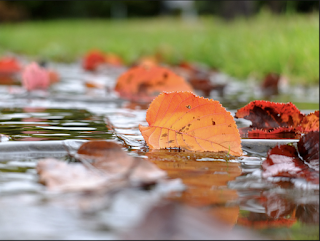Aperture, Shutter Speed and ISO
Aperture
Photo taken in aperture setting F2.8.

Photo taken in aperture setting F16.

1. We closely relate the aperture to the eye of a human.
2. The smaller the aperture the less light in the photo is allowed, the bigger the aperture the more light in the photo is allowed.
3. Depth and Field is just in the background in in focus or out of focus.
Shutter Speed
High shutter speed.

Low shutter speed.

1. At the beginning of the night when the sun is still up I would use a fast shutter speed.
a) Medium
b) Medium
c) FAST
d) fast
e) fast
f) fast
2. Towards the end of the night when it's dark outside I would use a lower shutter speed.
a) Slow
b) Slow
c) Fast
d) Medium
e) Medium
f) Medium
3. The three shutter speeds are shutter priority, manual, and auto.
shutter priority: you choose the shutter speed but the camera chooses the aperture
manual: you choose both aperture and shutter speed
auto: camera chooses both shutter speed and aperture
ISO
ISO 200

ISO 3200

1. The advantages of shooting at a higher ISO is that more light is allowed in your photo and to avoid motion blur.
2. To use a low ISO at all times unless you absolutely have to.
3. To only use it to avoid motion blur.
DSLR Camera Settings
Aperture: 2.8, 4, 5.6, 8, 16, and 22.
Shutter Speed: 1 second, 1/60 second, and 1/4000 second.
ISO: 100, 200, 400, 800, 1600, 3200, 6400, 12800, and 25600.
Photo taken in aperture setting F2.8.

Photo taken in aperture setting F16.

1. We closely relate the aperture to the eye of a human.
2. The smaller the aperture the less light in the photo is allowed, the bigger the aperture the more light in the photo is allowed.
3. Depth and Field is just in the background in in focus or out of focus.
Shutter Speed
High shutter speed.

Low shutter speed.

1. At the beginning of the night when the sun is still up I would use a fast shutter speed.
a) Medium
b) Medium
c) FAST
d) fast
e) fast
f) fast
2. Towards the end of the night when it's dark outside I would use a lower shutter speed.
a) Slow
b) Slow
c) Fast
d) Medium
e) Medium
f) Medium
3. The three shutter speeds are shutter priority, manual, and auto.
shutter priority: you choose the shutter speed but the camera chooses the aperture
manual: you choose both aperture and shutter speed
auto: camera chooses both shutter speed and aperture
ISO
ISO 200

ISO 3200

1. The advantages of shooting at a higher ISO is that more light is allowed in your photo and to avoid motion blur.
2. To use a low ISO at all times unless you absolutely have to.
3. To only use it to avoid motion blur.
DSLR Camera Settings
Aperture: 2.8, 4, 5.6, 8, 16, and 22.
Shutter Speed: 1 second, 1/60 second, and 1/4000 second.
ISO: 100, 200, 400, 800, 1600, 3200, 6400, 12800, and 25600.

Comments
Post a Comment